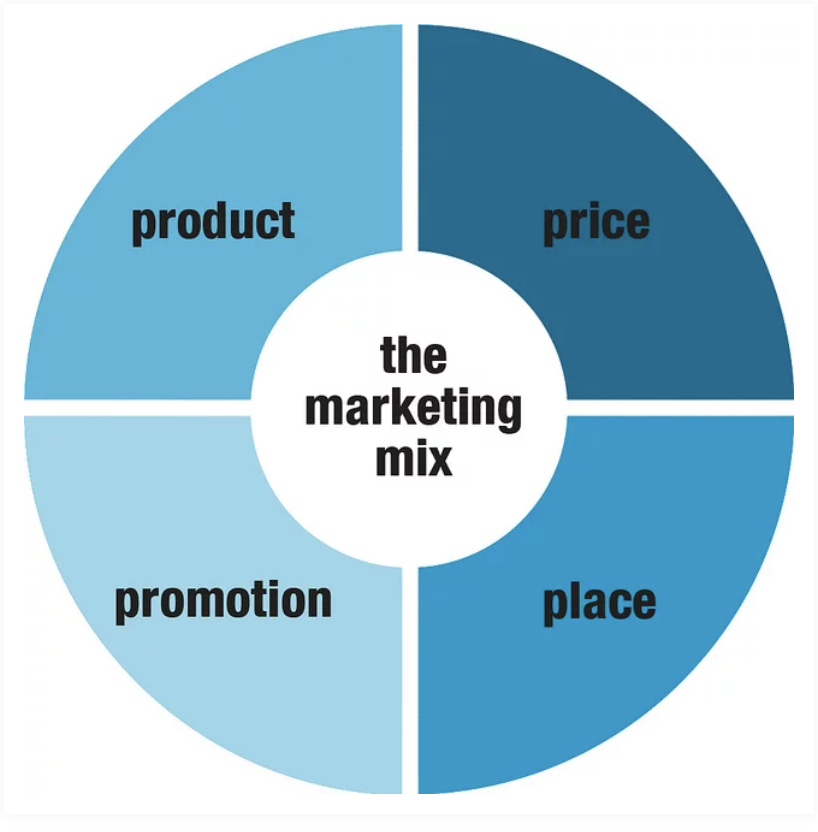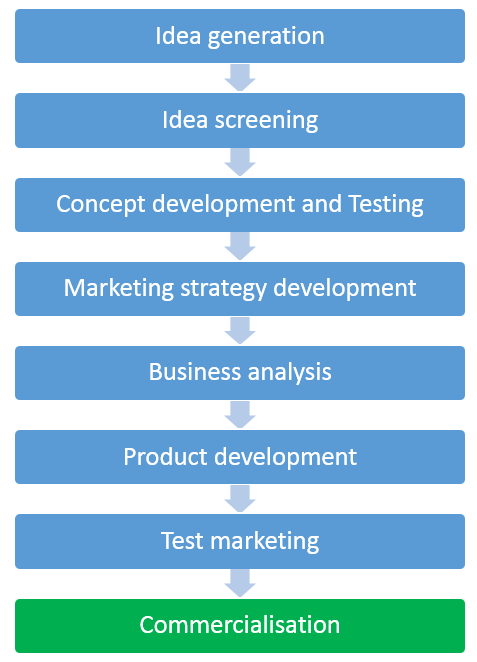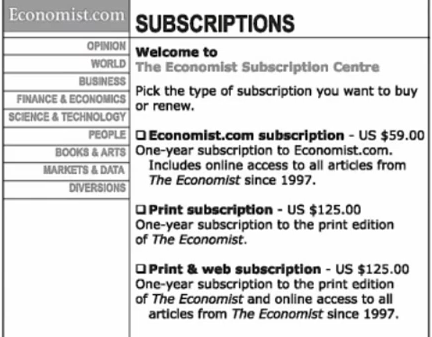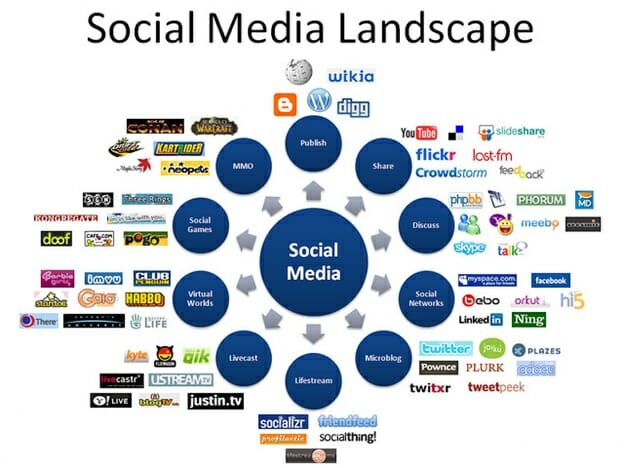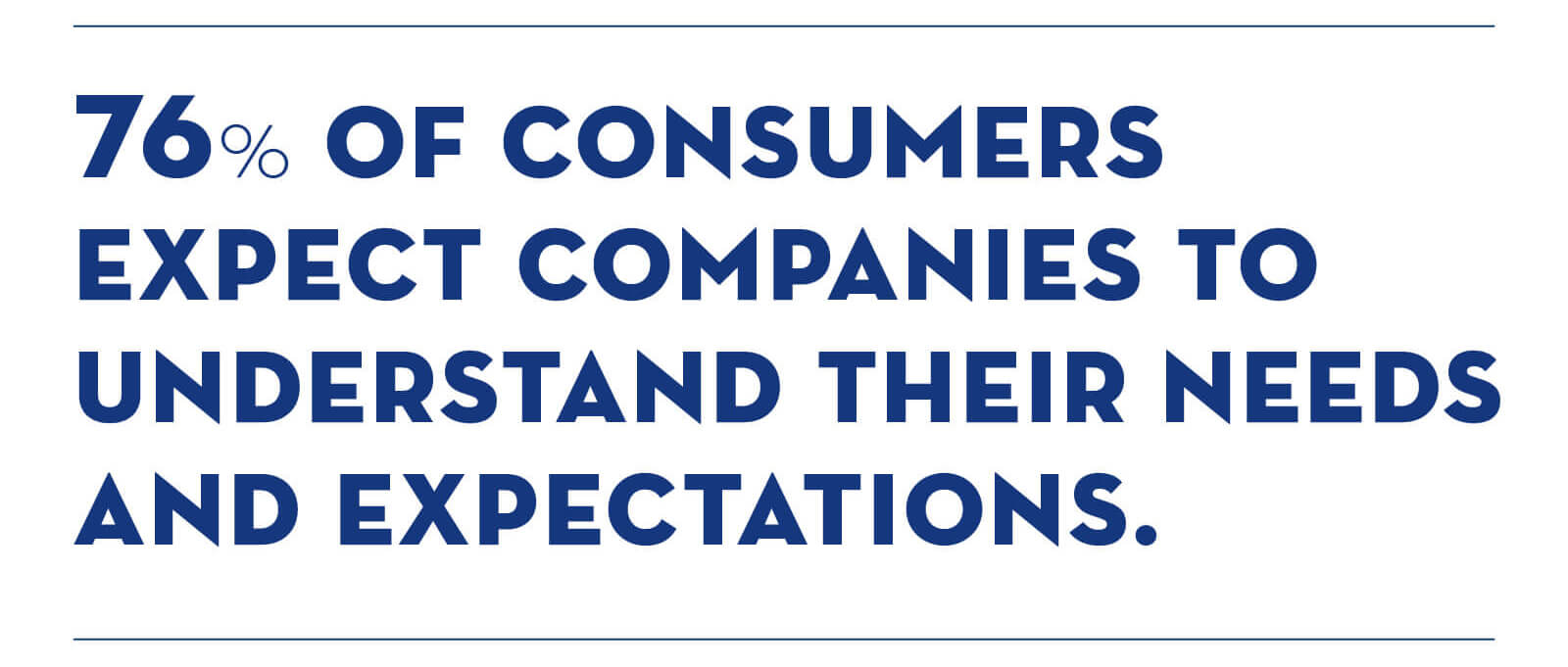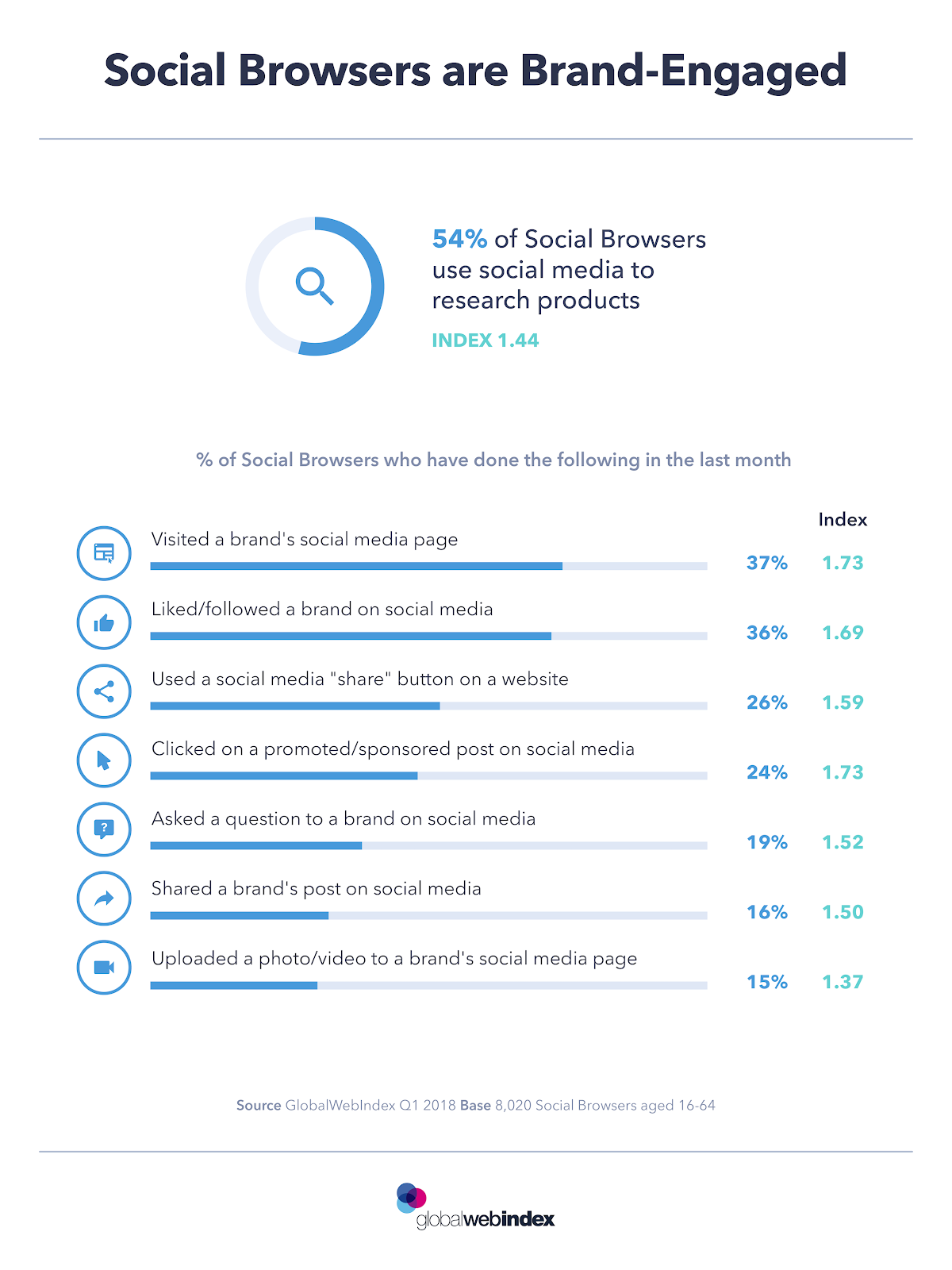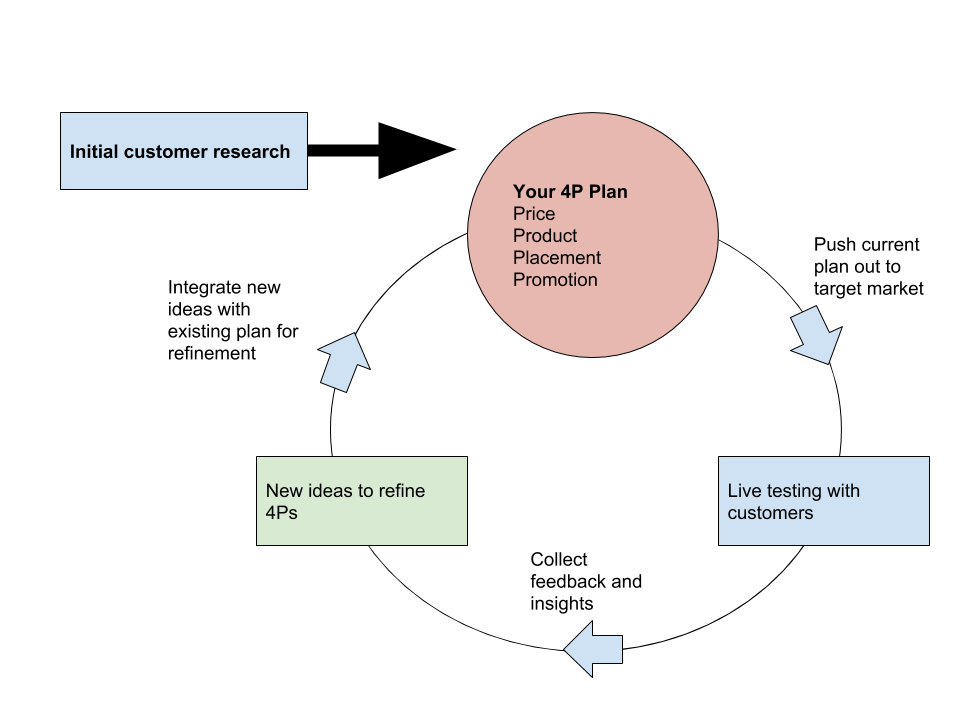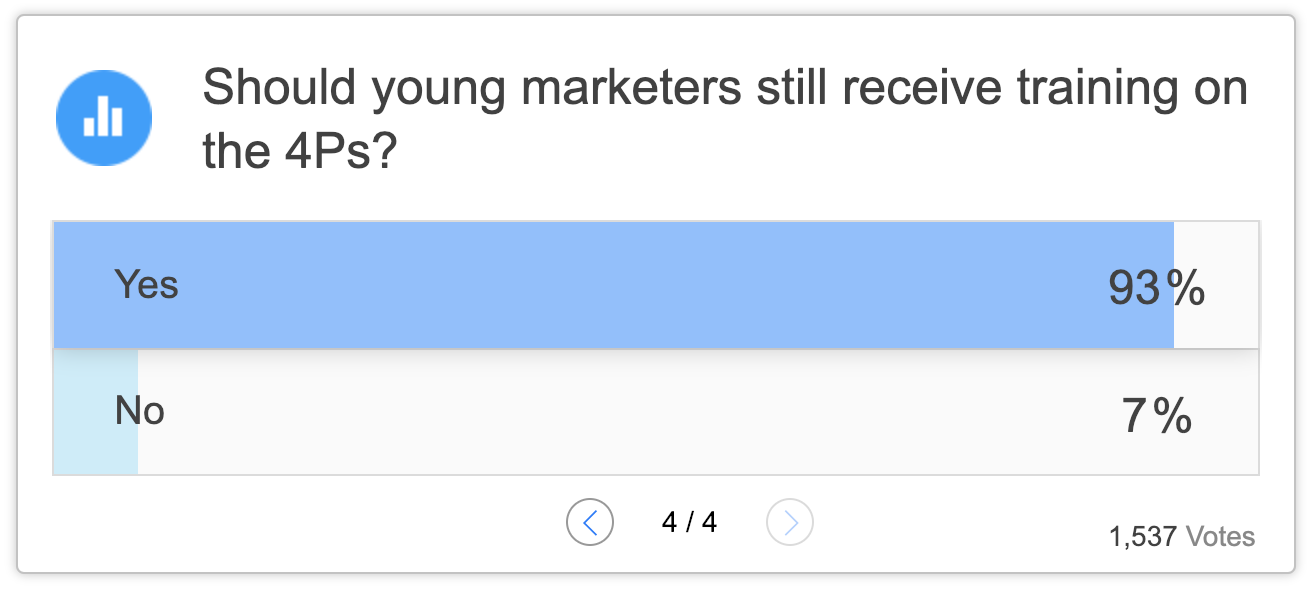The 4 Ps of Marketing – Are They Still Relevant Today? (Price, Product, Promotion, Place)
[Free Consultation] Are you spending money on advertising but not getting the results you want? Are you looking for more sales and leads but have no idea where or how to start? Get help from our world-class marketing experts in a free consultation call.
Click Here To Schedule Your Free Consultation Now
Chatbots. Artificial Intelligence. Conversational commerce. Experience optimization. It’s getting more difficult with every passing year to stay on top of the latest marketing trends.
But here’s the thing. If you look at any of these tactics, they’re all simply a new way to leverage an existing idea. The age-old concepts that have influenced countless successful campaigns are the same as those guiding modern marketers to success.
Take this quote from Scientific Advertising by Claude Hopkins as an example: “The man who wins out and survives does so only because of superior science and strategy.”
That was published in 1923 – almost 100 years ago! But it still holds water today.
We all know that having in-depth data to inform your marketing campaigns is key to their success. And we know that AI makes the identification of trends within that data much faster. The concept of a scientific approach to marketing hasn’t changed, but the approach has.
The modern tactics that are currently taking over the marketing world aren’t anything new; they’re simply new angles on established tactics. Click To TweetWhich is why I’m confused every time I hear someone mention that an age-old concept for effective marketing is “dead” or “no longer works.”
And one of the concepts that get this more often than others is the concept of the four Ps of marketing.
What Are the Four Ps of Marketing?
The four Ps are a method to help keep marketers on track. They relate to the key elements that all good marketing promos should assess and optimize for. And, honestly, they’re super simple and obvious (as most of the great concepts are).
Here’s the four Ps break down:
- Product
- Price
- Place
- Promotion
Let’s get into them in a little more detail.
Product
I’ve worked with dozens of brands over the years with varying degrees of success. But here’s the thing: The brand with whom I experienced the (arguably) greatest level of success was also the brand that felt the easiest to market.
Why? Because their product was simply incredible. It solved a real business need and was really easy to implement. It was a marketer’s dream.
When you’re developing your product, you’ve got to think of more than just “This is our product, it’s for [demographic].”
If you look at any modern product development process, you’ll see that it’s an iterative process that includes a few rounds of customer feedback:
That level of detail needs to make it over to your product marketing. You have to understand:
- Who the product is for
- The problems the user faces
- How you solve the problems
- Features and benefits related to the user’s daily needs
- Product name
- Branding
- Variations
And much, much more. Basically, everything to ensure that what you’re offering is the perfect solution for those you’re targeting.
Learn More:
- The 9 Marketing Mistakes You Don’t Realize You’re Making (And How to Avoid Them)
- 9 Ways to Deliver the Best Digital Experience to Your Customers
- How to Perform Marketing Competitor Analysis (+ 6 Best Tools Comparison)
- 5 Hot Trends in Online Product Marketing You Can’t Ignore
- The #1 Marketing Strategy for 2019: The Content Sprout Method
Price
Price is one of the most straightforward of the Ps. It’s an evaluation of the value that the product brings, the current price points within the market, the price of your product (with relevant discounts), and how consumers will view the price.
But here’s the problem. Most people put too little thought into optimizing their pricing. They think the whole process is straight forward. They look at competitor A and say something like “They’re charging X so we’ll just undercut them by 5%.”
That’s a huge missed opportunity. You’ve got to test your pricing options to ensure that you’re making the most you possibly can.
Take the pricing experiment that Dan Ariely ran. When looking at how 100 MIT students subscribed to The Economist, he noticed that 16 people chose A and 84 people chose C. They determined that B was useless, so it was removed as an option:
However, it turns out that B was an anchor price that made C seem more attractive. Without B, only 32 people chose the more expensive option (C).
You’ll have a lot of assumptions about pricing, but running tests to figure out what offers the most value to both your customers and your company is key to growing your brand.
Place
Back before the Internet, one of the most important considerations for businesses was location. Get the right location and you’ve got a great level of traffic to pull prospective customers from. If only things were still so simple.
Your potential customers are now spread across dozens of channels, both digital and physical. The below is an example of the numerous choices of social channels alone:
You have to figure out where your ideal customers are and on which platforms they’re most likely to convert. Do they start their purchase journey on Google or interact with product posts on social media? If they’re on social media, which networks do they prefer? Within those networks, which accounts do they follow? And so on.
You’ve got to drill down to the specifics to really understand where your customers are and what they like to engage with. Which brings us onto our final P….
Promotion
Years back I remember seeing something from Derek Halpern about the promotion of content. He said it’s an 80/20 split – meaning that 20% of your time goes into creation and 80% into promotion.
That was, in his opinion, the only method for you to really see your content get any traction. And it’s the same when it comes to any product or service.
Having a great product at the right price in the perfect location is one thing. But if you’re not promoting it to those who are most likely to buy, then it’s all for naught. Click To TweetPromotion is an incredibly important element of any marketing campaign. It’s the fuel to the fire you’ve built, the final element that takes your best laid plans and turn them into a reality.
To do it well, there’s a lot you have to consider. In particular:
- Where and when you can get your audience to see your messaging
- The best time and channel to promote through
- What kind of promotional message will resonate with your audience
- How your competitors promote and what you can learn from them
So that was a not-so-brief breakdown of the 4 Ps.
As you can probably already tell from the examples I’ve added, I still think they’re relevant. However, many people disagree with me.
Why People Question the Four Ps
Consumers are slaves to good marketing. It’s apparent when you see the lines outside Apple when they release a new phone which, in all honesty, only has a marginal increase in features.
But here’s the thing: Consumers cannot hold a flame to marketers when it comes to believing the hype.
As marketers, we live in an echo chamber, one where every person in our network eventually starts promoting the same thing and explaining how it’s better than what’s been working steadily for years. We latch onto these new ideas in the hope that they’re the panacea to our marketing woes. We want the new and sexy. And we want to decry the tactics we’ve used for years as defunct.
Take this article on the 4 Ps being dead, written by Phil Masiello, as an example. According to Phil, we need a new framework because:
“Building a marketing plan around people, places, prices, and promotions is old thinking. It comes from an age when we had no real consumer data. A lot of conjecture and survey results.”
Part of me agrees with this. Marketing develops at an alarming rate and there is merit in the belief that the original 4 P methodology might need updating. But to do away with it entirely is shortsighted. To think that it is dead is egregious advice to give.
Whilst part of me agrees with Phil’s belief that the 4 Ps do need an update, a much larger part of me thinks that he’s leveraging the belief of their downfall for his own agency’s profit.
Here’s why and how the 4 Ps are still relevant.
Learn More:
- The Step-by-Step Guide to Building a Marketing Funnel That Drives More Sales
- 13 Best Super Bowl Ads of all Time: What Your Business Can Learn from Them
- Why Every Business Should Implement Sales Enablement
- 7 Marketing Strategies that Work to Increase Conversions
- The Beginner’s Guide to Crafting a Highly Effective Social Media Strategy in 2019
A Modern Approach to the 4 Ps
I don’t think people like Phil are on the completely wrong path. The concepts that have been used for years in marketing will always need an upgrade. However, they just need a facelift, not to be replaced entirely.
The psychological triggers that cause people to buy your product or service are the same as they’ve always been. People want more money, more power, more influence, more comfort, more free time. People just want more and better.
The difference is in how you discover what they want more of and how you’re expected to help them achieve it. This is incredibly important because 76% of your customers expect you to know exactly what they want and need from you:
Fortunately, those same consumers are also highly engaged with the brands they want to purchase from:
That’s the difference that keeps the 4 Ps alive: the consumer.
Price, product, promotion and place are all still important in marketing. But they have to be consumer led. Click To TweetYou have to engage the user at all stages of implementation to ensure that you’re moving in the right direction with your 4 Ps. With the unparalleled access you have to your consumers, it’s never been easier to figure out the right actions for each and every P.
You need to be conducting in-depth customer research to give you your starting point. Then, once you’ve figured out the starting point and implemented your initial campaigns and offering, you need to reengage your users to see how your actions can be improved.
You’re effectively turning the 4 Ps into the 5 Ps with the addition of people.
However, whilst I firmly believe this is what’s needed to bring the 5 Ps up to par for modern marketing, it’s not all you can be doing.
Four Ps Plus
I’d love to say that I’m the only person to think of adding an extra P into the marketing mix, but that’d be a lie. There are quite a few marketers out there who have decided that the 4 Ps don’t need to be done away with, but rather need to be improved upon.
Most famous is Seth Godin who opens his book Purple Cow with this:
“Something disturbing has happened, though. The Ps just aren’t enough. This is a book about a new P, a P that is suddenly exceptionally important.”
Seth goes on to explain that another P you need to consider is “Purple Cow”, or rather how to stand out from the competition.
In this piece from Johnathan Bacon published on MarketingWeek, there’s an overwhelming belief that the four Ps are still relevant:
Johnathan also explains how Britvic added two new Ps of their own: purpose and penetration.
But the core of their campaigns is still made up of the 4 Ps.
The message is clear. The 4 Ps are still relevant. However, with the addition of all of these new channels and the increase in competition, they’re no longer enough. They should form the core of your campaign planning, but you need to look at what else you can do. You need to examine which other areas you should be aiming to make a difference in and then add them to your strategy.
Learn More:
- 3 Ways to Personalize the Customer Journey Experience
- 17 Actionable Marketing Strategies You Can Borrow from E-commerce
- How to Turn a Minimum Viable Product into a Booming Business
- Why You Should Use Multiple Channels to Maximize Your Customer Acquisition
- 6 SEO Tactics for Maximum Customer Acquisition
- The Kick-Ass Guide to Increase Customer Reviews for Your Online Store
Don’t Ignore the 4 Ps
If we strip it back to the absolute base level, then there’s no logical argument why the 4 Ps are irrelevant. They are, at their core, focused intently on figuring out what your audience wants and how you can help get it in front of them with the right product planning.
But we’ve lost sight of this.
As marketers, we’ve turned our focus from serving people to addressing algorithmic needs and are leveraging our creativity not to help people, but to game the system. Click To TweetIt’s why there are so many brands out there who are doing so much and getting so little. They’re not optimizing for their customers, but for the vanity metrics and “trendy” marketing measures of success, like going viral.
But last time I checked, viral campaigns weren’t paying the bills. Your customers are. So optimize your campaigns for them by first focusing on the 4 Ps.
